Aspects of a Well-Managed Material Handling Operation
From the moment raw materials arrive on your dock to the point where finished products leave for customers, every step in between relies on the right mix of equipment, processes, and skills.
When optimized correctly, material handling equipment can reduce labor costs, improve throughput, and increase safety.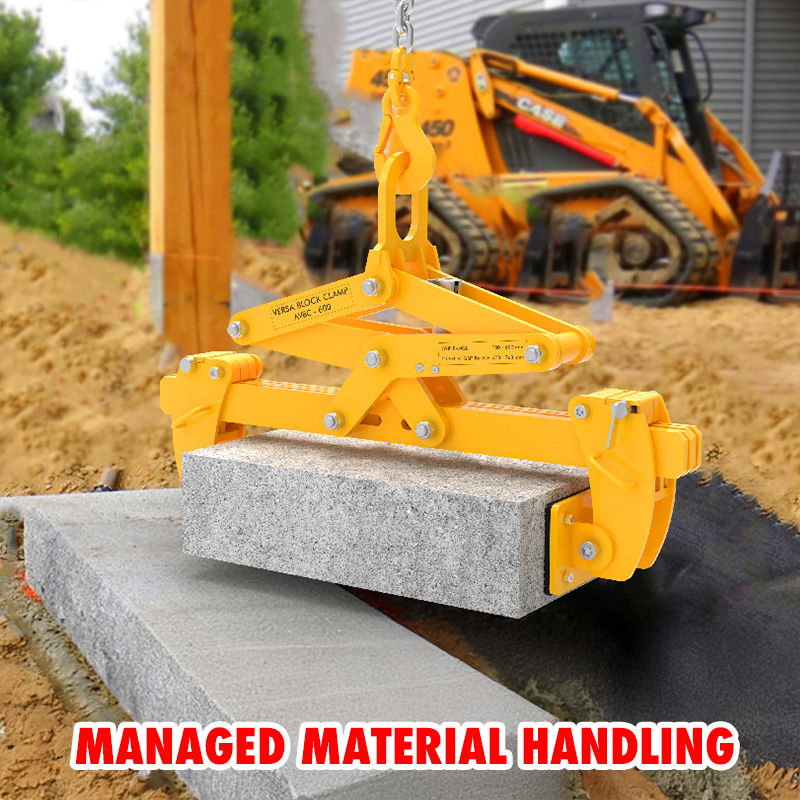
Why Should We Use Material Handling Equipment with Highly Quality?
Poorly managed receiving, storage, and transport processes introduce bottlenecks, accuracy errors, and wasted motion. Common pain points include:
-
Wasted steps and labor cost from walking back and forth for labels, tools, or instructions
-
Inventory inaccuracies when unprocessed pallets are moved prematurely
-
Detention fees and production delays due to slow unloading
-
Worker fatigue and safety risks from repetitive manual tasks
By focusing on handling material intelligently—through mobile workstations, the right mix of lifting equipment, and data-driven process improvements—you can:
-
Boost productivity by up to 50% per shift
-
Eliminate dock-to-rack motion waste
-
Reduce detention and downtime
-
Enhance inventory accuracy
-
Improve worker safety
Key Components of Material Handling Operations
A well-rounded strategy combines the right mix of machinery, processes, and people. Below are the core components every facility should evaluate.
Lifting Equipment
-
Lifting clamp systems—such as hydraulic and scissor styles—offer secure gripping of slabs and beams. For precision slab movement, consider The Aardwolf Slab Lifter product which combines automatic gripping with roller bases for smooth transitions.
-
Scissor lifter platforms excel in vertical positioning of heavy loads. By using a scissor lifting device, operators can safely elevate and rotate materials without manual jack-handling.
-
Vacuum lifter slab lifter solutions remove the need for clamps altogether. Lightweight pads grip non-porous surfaces, speeding up pick-and-place cycles. Explore advanced electric vacuum lifters solutions for cleanroom and precision applications.
These lifting equipment options reduce reliance on forklifts for every movement, cutting down on travel distances and operator fatigue.
Overhead and Jib Cranes
-
Gantry crane material handling systems provide high-capacity overhead transport across bays and production cells. To maximize efficiency, ensure the gantry crane must be positioned correctly relative to load paths and storage racks.
-
Jib Crane Solutions offer flexible, localized lifting for repetitive tasks. Mounting a jib crane adjacent to workstations minimizes handling distance and cycle time.
Combining gantry and jib cranes helps balance facility footprint with lifting needs, reducing congestion on floor lanes.
Tie-Downs and Securing Devices
-
Proper ratchet tie down traps and straps are essential for safe transport. Understanding the strength of ratchet straps ensures loads remain stable during movement.
-
Lifting equipment with integrated securing points can further reduce the time spent on manual lashings.
Safety compliance and load integrity hinge on selecting devices rated for your maximum expected loads.
Selecting the Right Material Handling Solutions
With so many options on the market, choosing the right mix of machinery and vendors is critical. Apply these best practices:
Standardization of Equipment
-
Consistent platforms simplify training, maintenance, and spare-parts stocking. Follow guidelines on the use of standardized material handling equipment to streamline procurement and support.
Partnering with Experts
-
Not all material handling companies offer the same level of service or solution depth. Selecting the right material handling provider means engaging a partner who understands your throughput, ergonomics, and ROI targets.
Aligning with Your Facility Layout
-
Perform a value-stream mapping exercise to spot wasted motion, bottlenecks, and underutilized assets.
-
Use simulation software or simple time-and-motion studies during your pilot phase.
By matching equipment footprints—like conveyors, cranes, and workstations—to real-world travel paths, you minimize unnecessary movement.
Ensuring Safety and Compliance
A robust safety program both protects workers and preserves uptime. Key focus areas include:
Load Securing
-
Validate that all lifting equipment attachments are rated and inspected per OSHA or local standards.
-
Incorporate color-coded labels or RFID tags on clamps, straps, and hoists for quick verification.
Ergonomics and Fatigue Reduction
-
Replace fixed-location printers with mobile carts to eliminate hundreds of wasted steps per shift.
-
Equip carts with powered lift arms and barcode scanners, reducing stooping and reach stress.
Metrics and Continuous Improvement
You can’t manage what you don’t measure. Establish a dashboard of key performance indicators (KPIs):
-
Throughput per dock (pallets/hour)
-
Average steps per pallet (goal: <20 steps)
-
Order accuracy (%)
-
Downtime due to lift-driver waiting (minutes/shipment)
-
Maintenance events per month
Once live, leverage data to iterate:
-
Optimize layout based on step-count heat maps
-
Adjust staffing around peak dock-arrival windows
-
Upgrade or fine-tune equipment where metrics lag
For advanced programs, integrate your WMS or ERP to trigger alerts when thresholds are breached, feeding continuous improvement cycles.
Advanced Analytics
-
Learn more about How to measure and improve material handling equipment
-
Dive into Optimizing Material Handling
These resources guide you on benchmarking against industry standards and rolling out incremental gains.
Conclusion and Next Steps
A well-managed material handling operation balances people, processes, and technology. By focusing on:
-
The right lifting equipment (clamps, lifters, cranes)
-
Standardized platforms and proven vendors
-
Data-driven layout and staffing decisions
-
Ongoing measurement and improvement —you’ll transform your dock from a costly bottleneck into a competitive advantage. Begin today by mapping your current flow, piloting a mobile workstation, and tracking the metrics that matter most. Those first steps—though simple—set the stage for a high-velocity, low-waste operation that pays back in less than a year. Optimize your material-handling operation now, and watch throughput, accuracy, and safety reach new heights.


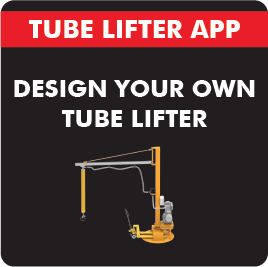

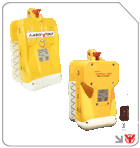
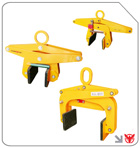
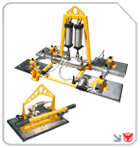
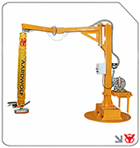
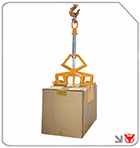
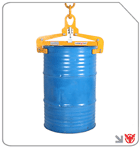
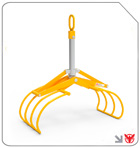
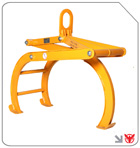
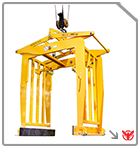
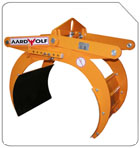
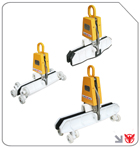
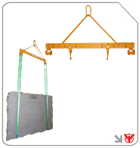
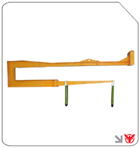
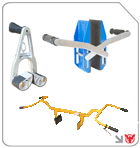
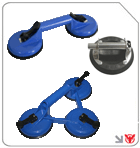
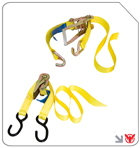
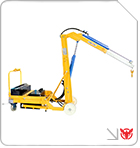
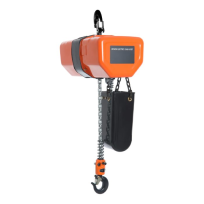
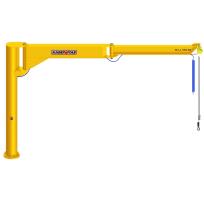
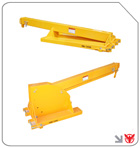
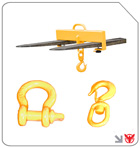
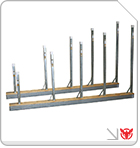
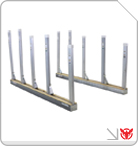
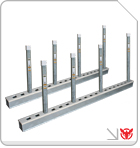
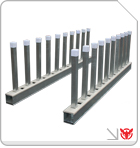
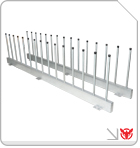
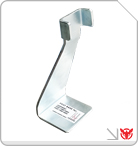
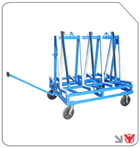
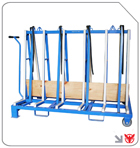
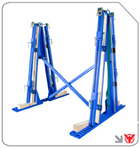
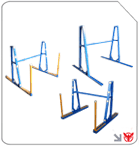
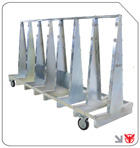
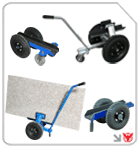
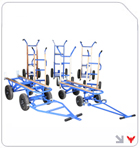
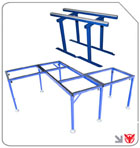
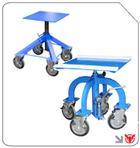
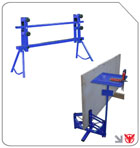
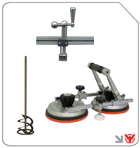

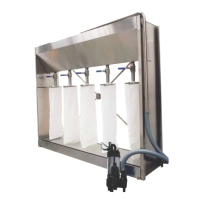
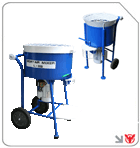
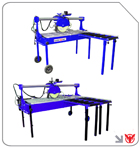
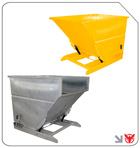
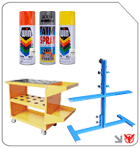
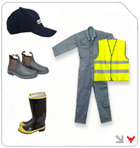
Follow us on: